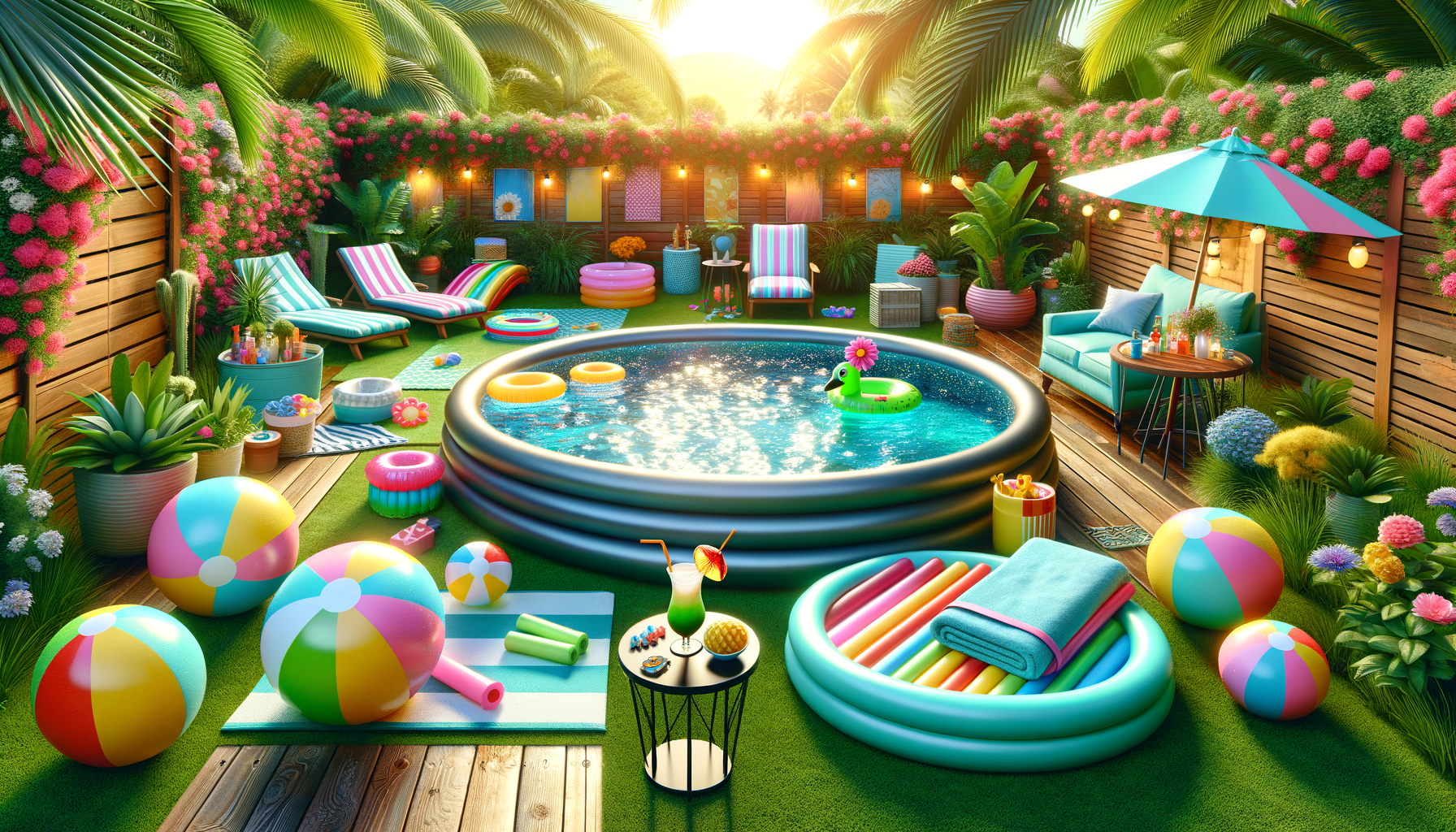Introduction to Yard Design
Yard design is an essential aspect of enhancing both the functionality and aesthetic appeal of your outdoor space. By thoughtfully planning and arranging the elements within your yard, you can create an environment that not only suits your personal tastes but also meets practical needs. Whether you have a sprawling garden or a compact urban courtyard, effective yard design can transform your outdoor area into a sanctuary that reflects your lifestyle.
The importance of yard design extends beyond mere aesthetics; it is about creating a cohesive space that harmonizes with your home’s architecture and the surrounding environment. From selecting the right plants and materials to considering the flow of movement within the space, yard design requires a balance of creativity and practicality.
Planning Your Yard Layout
When it comes to planning your yard layout, the first step is to assess the available space and understand its potential. Begin by considering the functions you want your yard to serve. Are you looking for a relaxing retreat, a space for entertaining guests, or a play area for children? Defining the primary purpose of your yard will guide the design process and help prioritize elements.
Once you have a clear vision, sketch out a rough layout that incorporates the desired features. Consider the placement of pathways, seating areas, and focal points such as water features or sculptures. It’s essential to think about how these elements will interact and flow together to create a cohesive design.
Additionally, take into account practical considerations such as sunlight exposure, wind patterns, and soil conditions. These factors will influence plant selection and the placement of structures, ensuring that your yard is not only beautiful but also sustainable and easy to maintain.
Choosing the Right Plants
Plants are a vital component of any yard design, providing color, texture, and life to the space. When selecting plants, consider their growth habits, maintenance requirements, and compatibility with your local climate. Opt for a mix of perennials, annuals, shrubs, and trees to create a dynamic landscape that changes with the seasons.
Incorporate plants that serve multiple purposes, such as those that attract pollinators, provide shade, or offer visual interest throughout the year. Group plants with similar water and sunlight needs together to simplify maintenance and ensure healthy growth.
Consider using native plants, as they are well-adapted to the local environment and typically require less water and care. Additionally, native plants support local wildlife, contributing to a balanced ecosystem within your yard.
Incorporating Hardscape Elements
Hardscape elements, such as patios, pathways, and retaining walls, play a crucial role in yard design by providing structure and defining different areas within the space. These features not only enhance the functionality of your yard but also add visual interest and contrast to the softer elements of the landscape.
When selecting materials for hardscape features, consider their durability, maintenance requirements, and compatibility with the overall design. Natural stone, brick, and wood are popular choices that offer timeless appeal and blend seamlessly with the natural environment.
Incorporate hardscape elements that complement the style of your home and reflect your personal taste. Whether you prefer a modern, minimalist look or a rustic, traditional feel, the right hardscape features can elevate your yard design and create a harmonious outdoor living space.
Maintaining Your Yard Design
Once your yard design is complete, ongoing maintenance is essential to preserve its beauty and functionality. Regular tasks such as mowing, pruning, and weeding will keep your outdoor space looking its best and prevent overgrowth from detracting from the design.
Establish a routine maintenance schedule that includes seasonal tasks such as mulching, fertilizing, and pest control. By staying on top of these tasks, you can ensure that your yard remains healthy and vibrant throughout the year.
Consider investing in automated irrigation systems or low-maintenance plant varieties to reduce the time and effort required to care for your yard. With proper maintenance, your yard will continue to be a source of enjoyment and pride for years to come.



Leave a Reply